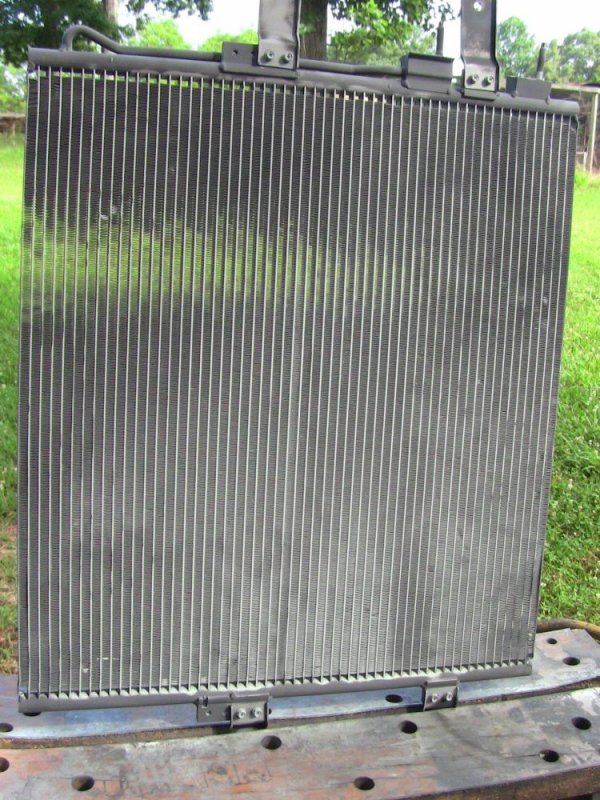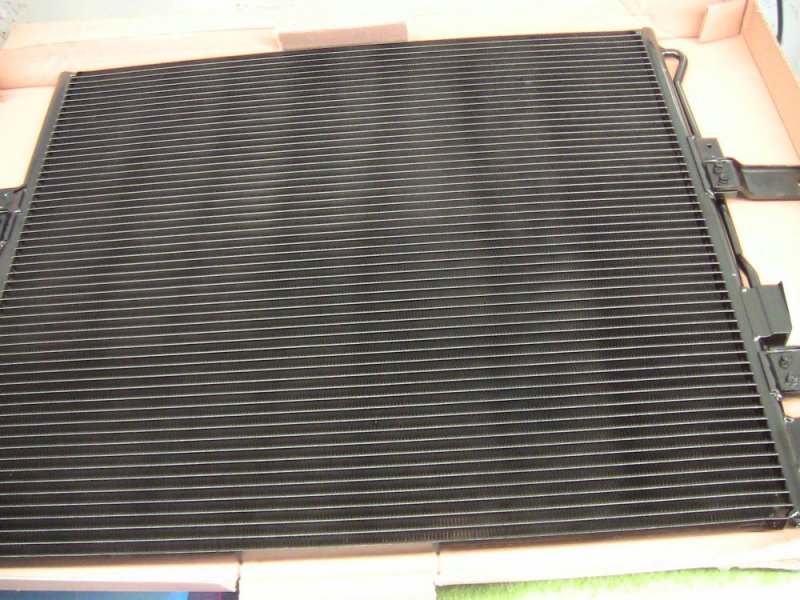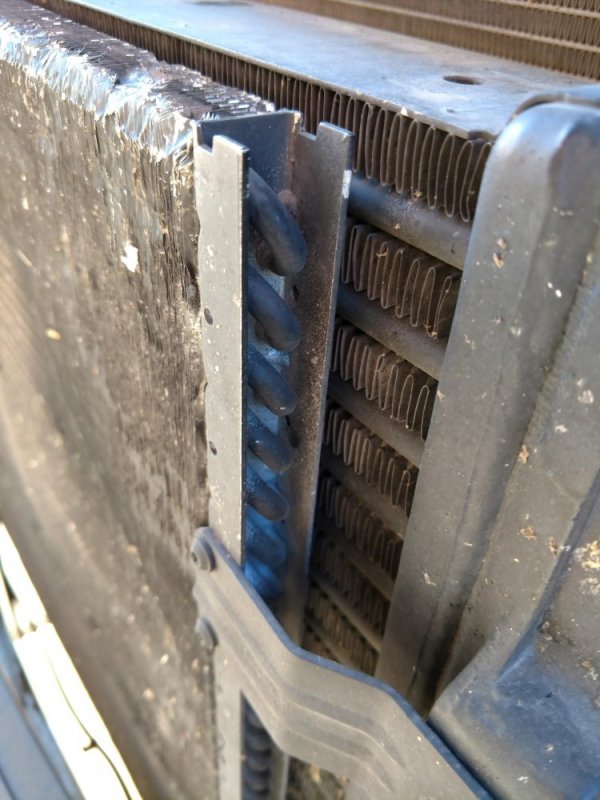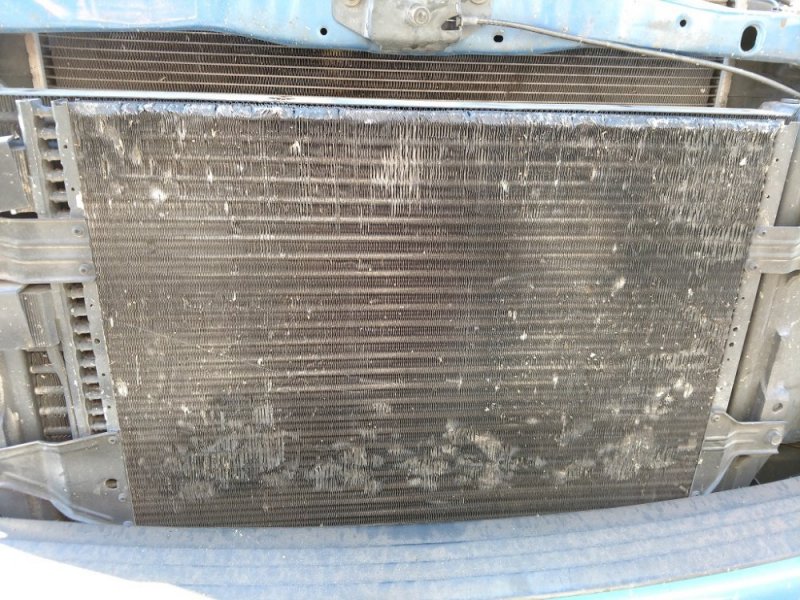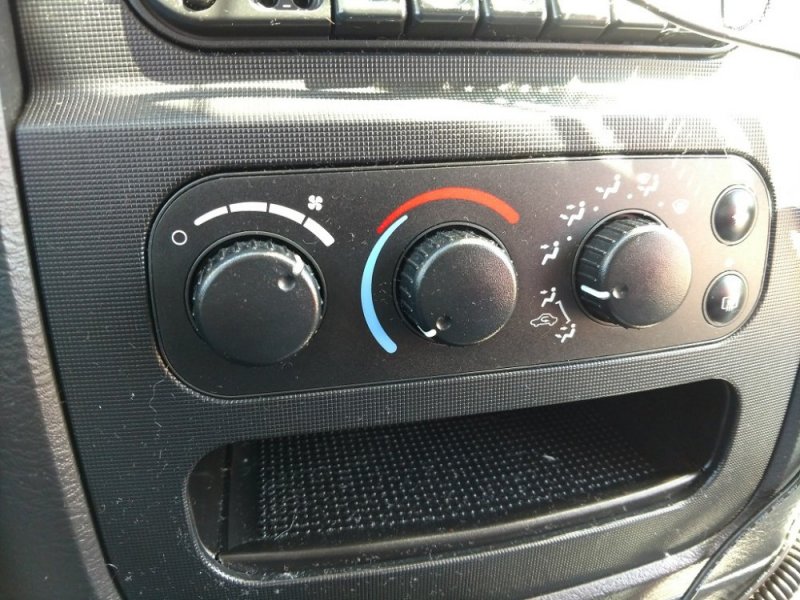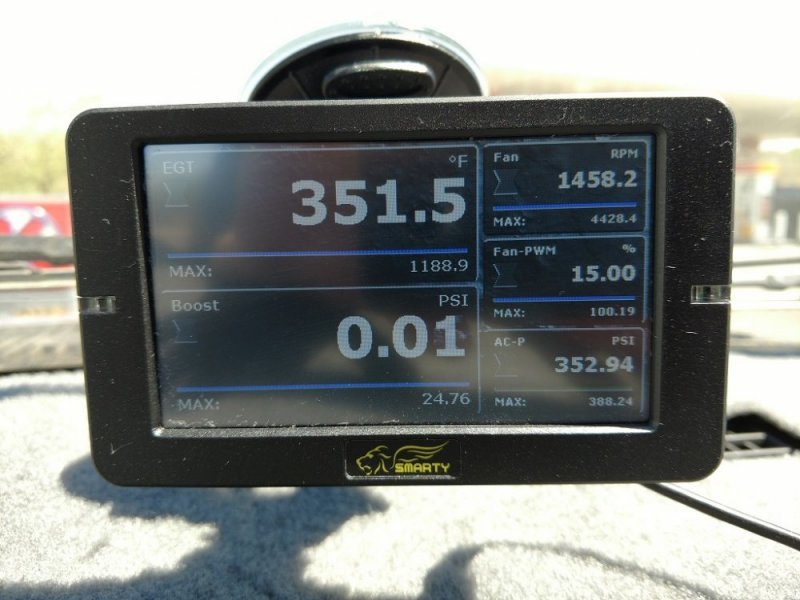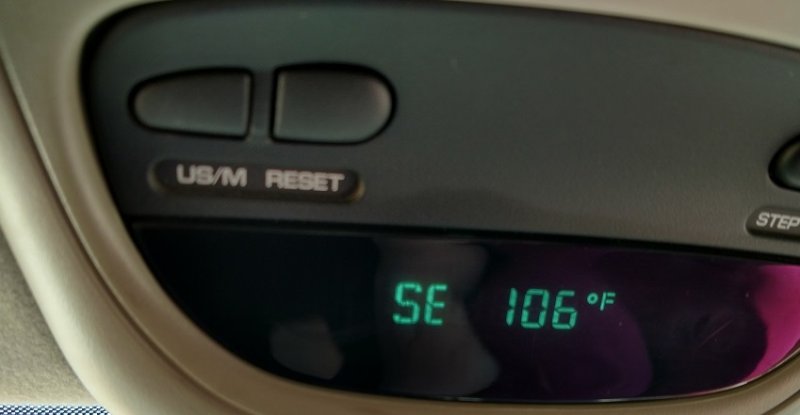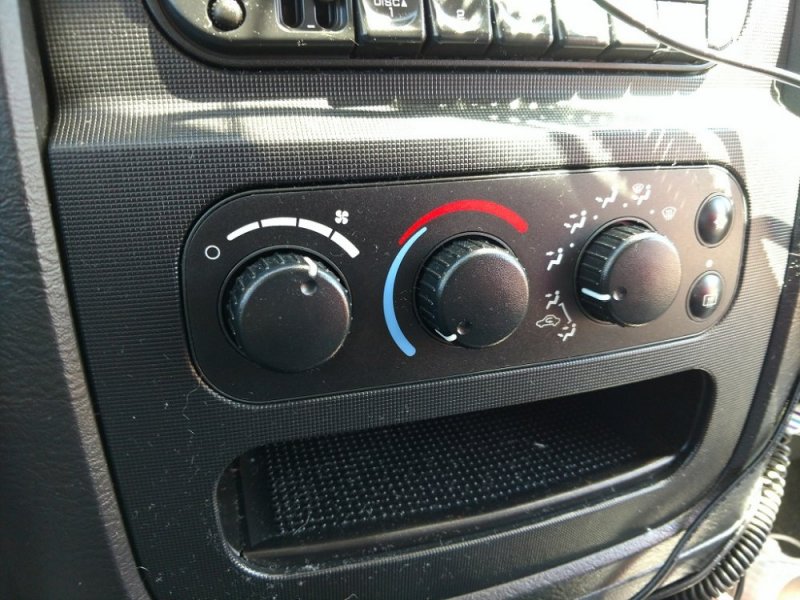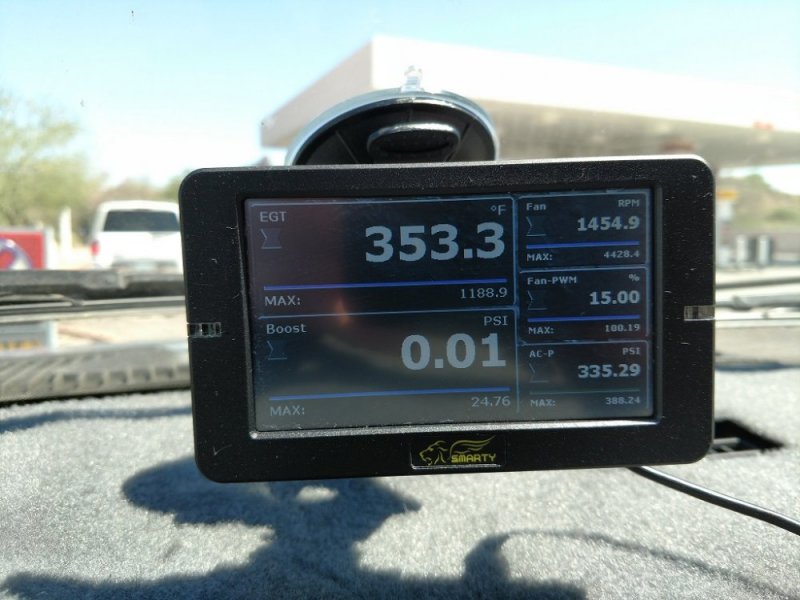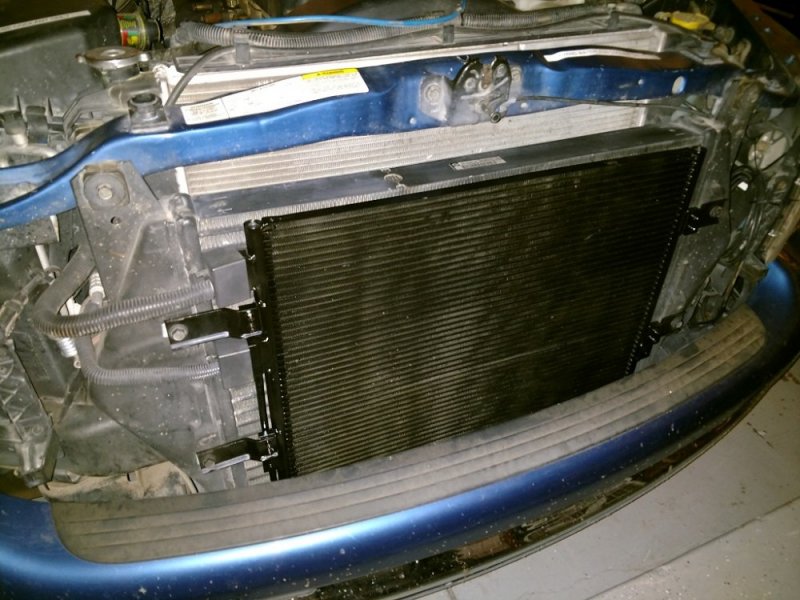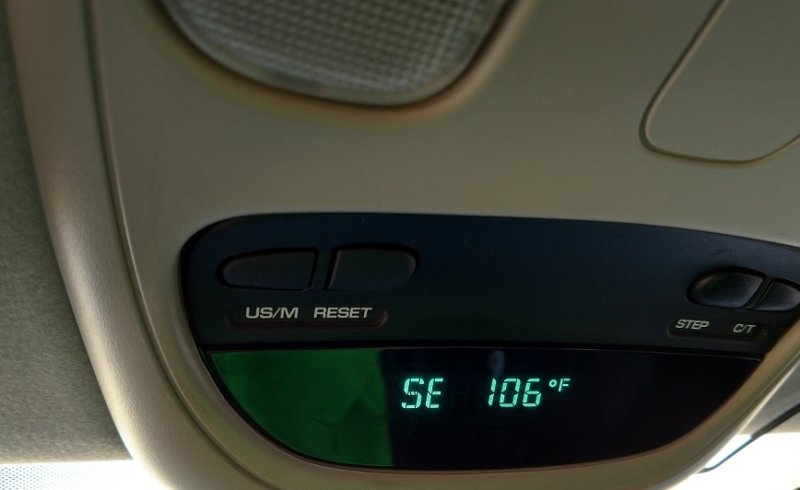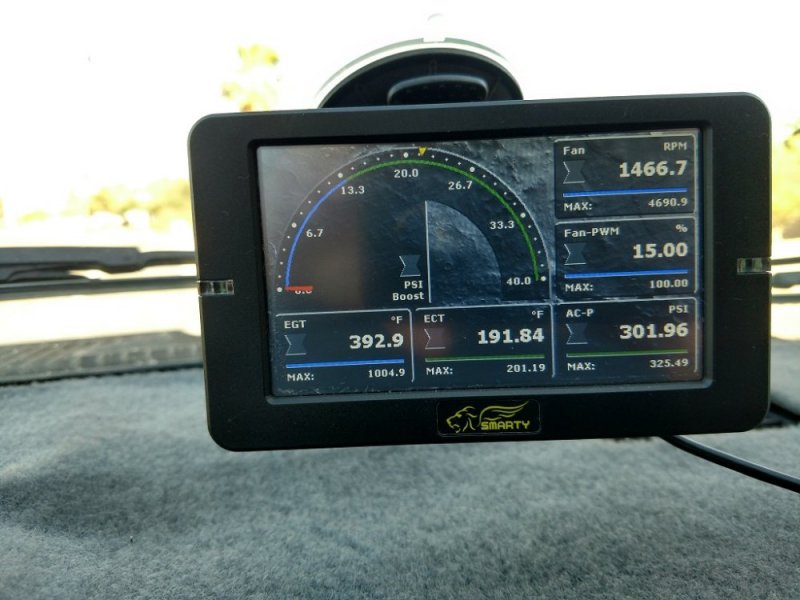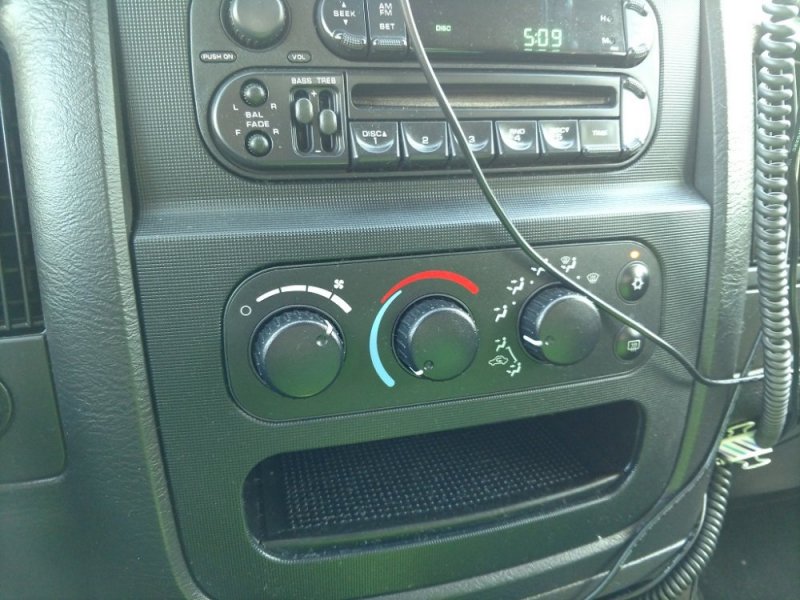I didn't really find an article that connected the dots until the 'Thermal Dispersant on a heater core' came up.  Wait, What!?
Wait, What!? 
Thermal Dispersant on a condenser will improve it's efficiency by up to 33%?
It was 107 yesterday and the rains moved in Friday rendering "It's a dry heat" null and void.
New condenser is in the mail to be coated... I'll take ANY improvement!
So looking at my favorite trouble spots, automotive AC, I choose to start out with one I can monitor the head pressure and fan speed on. No, not the one giving me trouble - they ALL do. Trouble is the system literally blowing up like you see in the youtube tests as Patch blows out the high side sealing washer on the compressor hose and the Dodge pops the relief valve at 450+ Psig. The Dodge ECM doesn't kick out the AC clutch due to a bug thus it will pop the relief 2x or more per year and dump 1/2 the system charge aka 1 LB. I don't expect it to cure the bug as the second part is not enough fan.
What I would like to see is once I get the fan spinning and let it idle is lower head pressures. On fan speed 3 I will see 350-400+ Psig idling. Speed 4 is asking for it to pass 400 Psig even with ~1400 RPM on the fan at engine idle.
I have a crew cab, but, the Mega Cab's have the same size AC system and it's way undersized for it. IMO coating both the evaporator and condenser may help the undersized system out to cool down that "School Bus" Megacab.
Here is the data readout I will use. It's showing 454Psig max peak on a cold start. (The current reading Psig is the AC shut off as it was running away fast.) I have since added fan commanded % and Fan RPM. This is condenser overheating due to no fan RPM. I don't expect this to be cured.
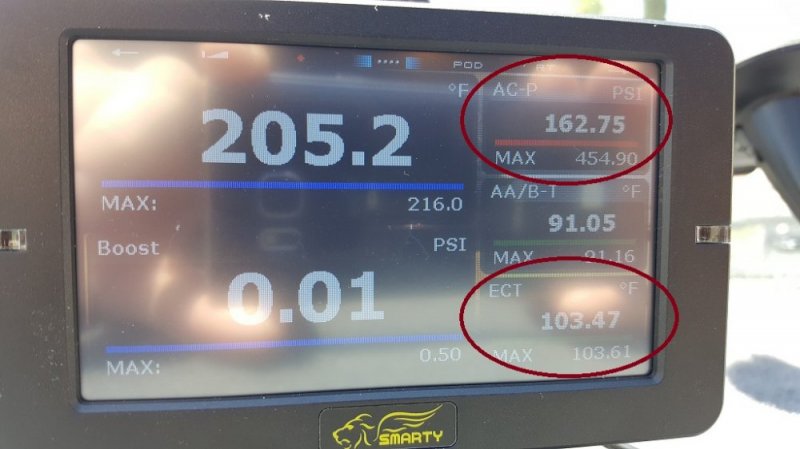
Thermal Dispersant on a condenser will improve it's efficiency by up to 33%?
It was 107 yesterday and the rains moved in Friday rendering "It's a dry heat" null and void.
New condenser is in the mail to be coated... I'll take ANY improvement!
So looking at my favorite trouble spots, automotive AC, I choose to start out with one I can monitor the head pressure and fan speed on. No, not the one giving me trouble - they ALL do. Trouble is the system literally blowing up like you see in the youtube tests as Patch blows out the high side sealing washer on the compressor hose and the Dodge pops the relief valve at 450+ Psig. The Dodge ECM doesn't kick out the AC clutch due to a bug thus it will pop the relief 2x or more per year and dump 1/2 the system charge aka 1 LB. I don't expect it to cure the bug as the second part is not enough fan.
What I would like to see is once I get the fan spinning and let it idle is lower head pressures. On fan speed 3 I will see 350-400+ Psig idling. Speed 4 is asking for it to pass 400 Psig even with ~1400 RPM on the fan at engine idle.
I have a crew cab, but, the Mega Cab's have the same size AC system and it's way undersized for it. IMO coating both the evaporator and condenser may help the undersized system out to cool down that "School Bus" Megacab.
Here is the data readout I will use. It's showing 454Psig max peak on a cold start. (The current reading Psig is the AC shut off as it was running away fast.) I have since added fan commanded % and Fan RPM. This is condenser overheating due to no fan RPM. I don't expect this to be cured.


